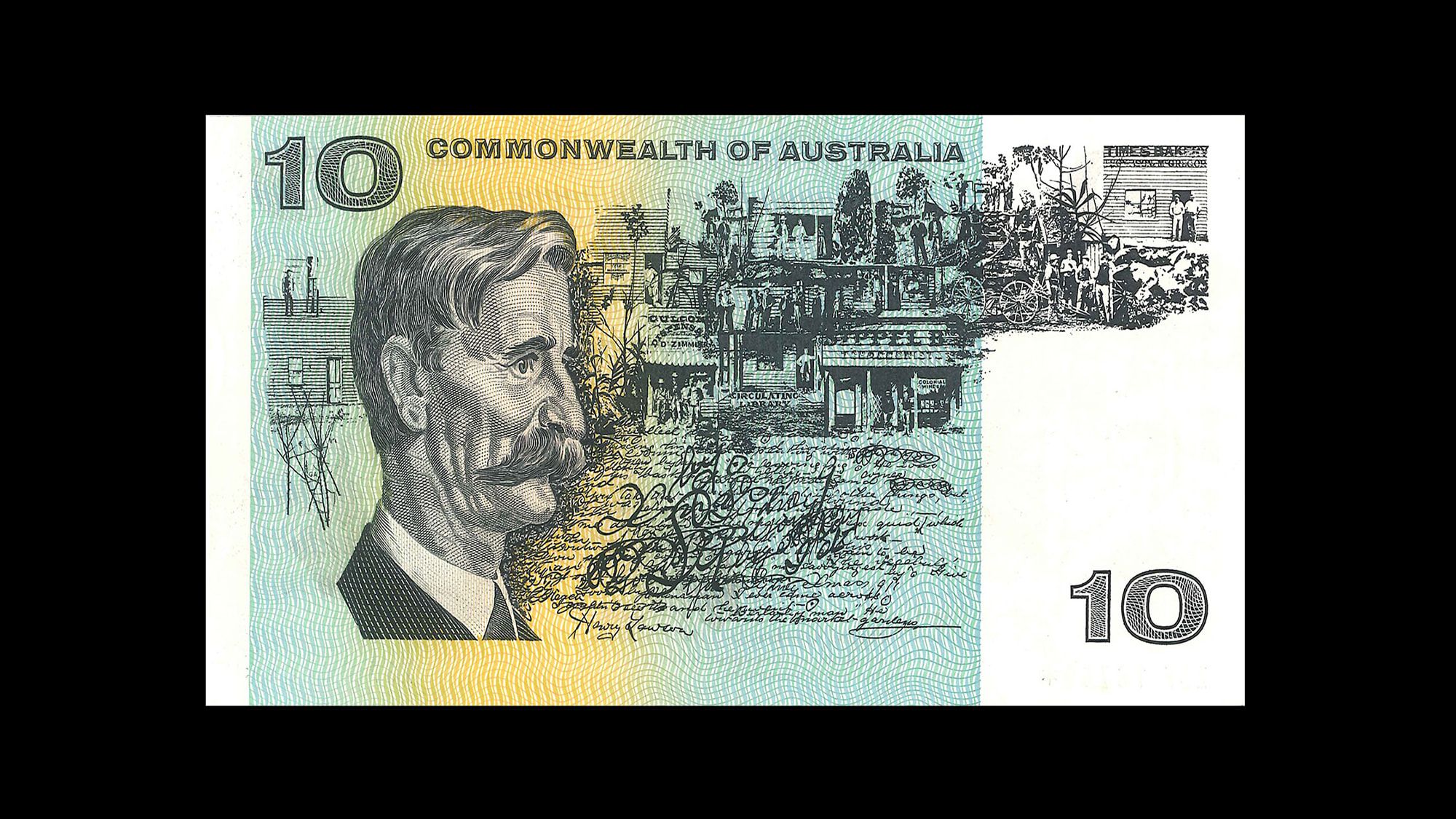1968 Phillips Randall First Prefix Ten Dollar Star Note (R303SF)



First prefix & last signature combination. A pairing that collectors really like.
The Ten Dollar Star note issues commenced in 1966 with the Coombs Wilson signature combination. They were followed in 1967 by the Coombs Randall combination.
The third issue of Ten Dollar Star notes featured the Phillips Randall combination notes and occurred in 1968.
As the printing of star notes ceased in 1971, the Phillips Randall signature combination is the very last signature combination of Ten Dollar decimal star notes.
The history of Star Notes in Australia.
In the good old days before sophisticated equipment was introduced into the process of printing banknotes, the only way of ensuring that all the printed notes were accounted for was by way of the serial numbers.
So, if a note or notes were damaged during printing, it was replaced with a separate note hand printed with the same serial number.
It was a slow and laborious process of printing an individual note as distinct from printing a run of notes and was progressively phased out after 1948 with damaged notes being replaced by star notes printed in special print runs.
When decimal currency was introduced in 1966, the decimal star note system was only slightly modified.
Damaged notes were removed and replaced with substitute notes that were printed in a special run of notes. And with a different sequence of prefixes and serial numbers followed by a six-pointed asterisk.
The prefix commenced with the letter ‘Z’. The second letter of the prefix was coded to represent the denomination. ZA was allocated to the One Dollar note. ZF to the Two Dollar, ZN to the Fives, ZS to Tens and ZX for the Twenties.
The system ceased in 1971 and as the $50 note was first printed in 1973 and the $100 in 1984, there are no star notes of these denominations.
With the ever-increasing volume of new banknotes being printed the star replacement note system became impracticable and was no longer an option after 1971.
After this time, it was not deemed necessary to replace a damaged note with a star replacement note or to keep a bundle of 100 notes in numerical sequence, another random note was simply added until a total of 100 notes was achieved per bundle.
© Copyright: Coinworks